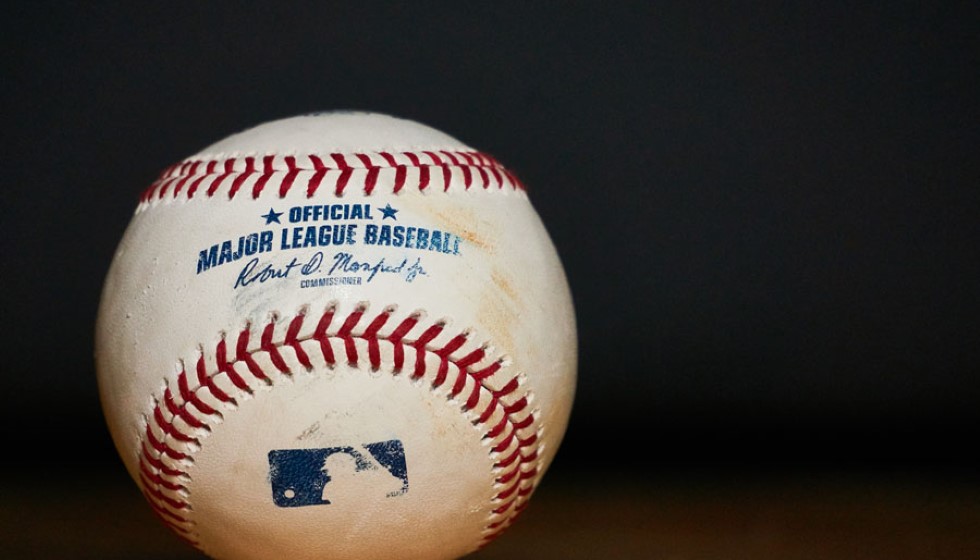
With Major League Baseball's July 30 trade deadline rapidly approaching, teams across the league are in a crucial phase of evaluating their rosters and strategies. This period often involves critical decisions as organizations determine whether to position themselves as buyers or sellers.
One team firmly in the "seller" conversation is the Chicago White Sox, currently holding the unfortunate designation of being the worst team in baseball. Their poor performance has spurred speculation that they might explore selling off assets to rebuild for the future. Another team grappling with challenges is the Oakland A's, who have already embraced the idea of selling, driven partly by owner John Fisher's focus on relocating the team to Las Vegas.
Interest Brewing Around Tommy Pham
One player drawing significant interest is veteran outfielder Tommy Pham. The Philadelphia Phillies and Kansas City Royals have both expressed interest in acquiring Pham, with the Seattle Mariners and Pittsburgh Pirates also being potential suitors. Pham, now in his age-36 season, boasts a commendable batting line of .264/.339/.368 (102 OPS+). Over the course of 60 games, he has tallied four home runs and five stolen bases while demonstrating versatility by playing all three outfield positions.
Pham's remaining contract, a relatively modest $3 million, makes him an attractive target for teams looking to bolster their outfield depth without significant financial commitment. Additionally, with Pham set to become a free agent at the end of the season, acquiring teams view him as a valuable rental player for a potential postseason push.
Mason Miller: A Coveted Asset
Conversely, the Oakland A's possess pitcher Mason Miller, a highly coveted asset in the current market. Miller has turned heads with his triple-digit fastball and impressive statistics, including a 2.27 ERA and a striking 1.67 FIP during the season. In 39 2/3 innings, he has notched 70 strikeouts, underscoring his dominance on the mound.
Despite Miller's clear trade value, A's manager Mark Kotsay has expressed reservations about trading one of the team’s most promising talents. "I don't [think Miller will be traded]. For us, where we're trying to go, what we're trying to do, to build something from within, he is a big part of that development," Kotsay noted. "I can't say 100 percent because I don't make those decisions. But when I look at him, I see part of our nucleus."
Miller's value is further accentuated by his contractual status, with team control extending through the 2029 season. This long-term control makes him an even more appealing option for teams eager to shore up their bullpens with a high-quality arm. Nevertheless, the A's appear focused on building their roster around young, controllable talent, making a trade of Miller less likely.
The Ripple Effects of the Trade Deadline
The MLB trade deadline is a pivotal event that doesn’t just impact immediate team fortunes but reshapes the league's landscape for future seasons. As teams navigate the heightened pressure of these final days, the decisions made by front offices will leave lasting imprints on the baseball world.
For fans and players alike, the trade deadline is a period filled with anticipation and anxiety. It’s the time when strategies crystallize, providing a clearer picture of teams' aspirations—whether they are gearing up for a playoff run or restructuring for seasons ahead. The entire baseball community watches closely as each move contributes to the unfolding narrative of the season and beyond.
As the deadline inches closer, the choices made by teams like the White Sox and A's will be scrutinized for years, illustrating the delicate balance between immediate ambition and long-term strategy that defines the essence of professional baseball.